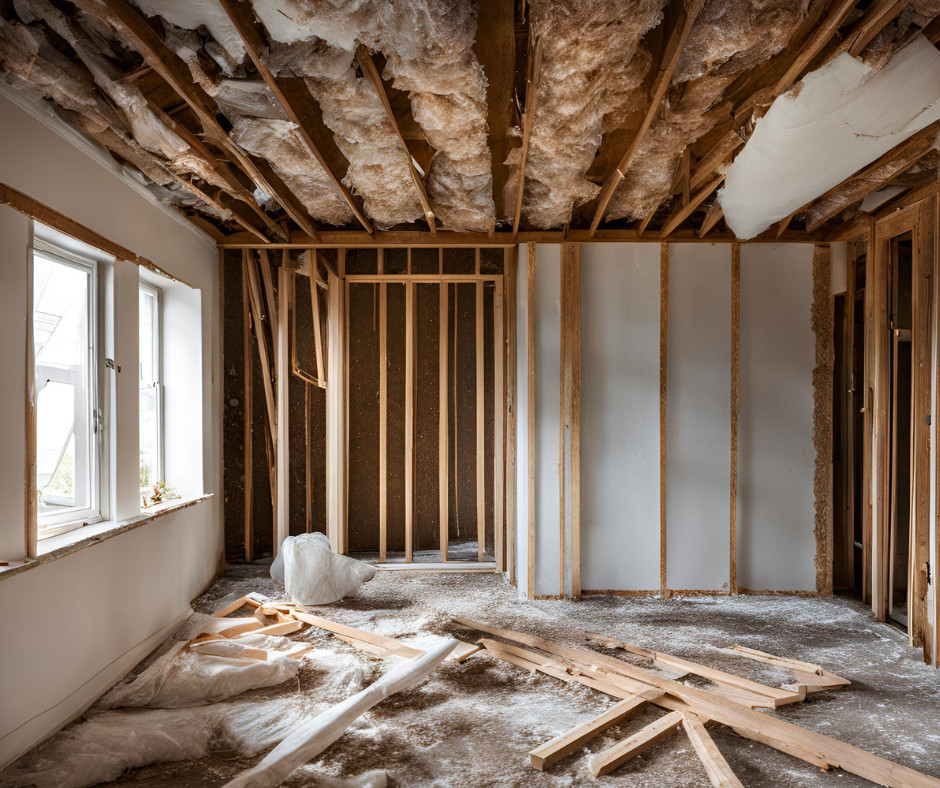Why Is There So Little Compliance When It Comes to Energy Efficiency?

Why Is There So Little Compliance When It Comes to Energy Efficiency?
A while ago I had an interesting conversation with a PhD candidate. She’s researching building practitioners’ compliance behaviour when it comes to energy efficiency.
Most people building a home trust that what’s been designed on paper will be built to the same standard—that their home will perform as expected based on its energy rating.
All new homes in Australia must now meet a 7-star energy rating. So, does this mean everyone gets a well-performing home?
Unfortunately, that’s often far from the truth. And the big reason? Compliance—or rather, the lack of it.
The Big Compliance Gap
The elephant in the room is that there are no real compliance checks when it comes to energy efficiency. No one is officially responsible for ensuring that insulation or windows are installed correctly—or even installed at all. It all depends on how competent and committed your building team is, including your designer or architect. And, to some extent, it depends on how much you care about performance beyond the paperwork.
So, let’s go back to the root of the problem. Many trades, builders, and building surveyors simply don’t have the knowledge base around energy efficiency that they need. In other industrialised countries, there’s a strong emphasis on building physics across the entire construction industry. Everyone understands what thermal bridges are, how to achieve airtightness, and—most importantly—why these things matter.
What happens when insulation is not installed properly?
Why do all joints and penetrations need to be sealed?
How can poor installation lead to mould, damp, and poor indoor air quality?
In other countries, not only is this knowledge embedded in construction education, but energy efficiency is also checked post-construction. If insulation is missing or gaps exist, it gets picked up, and people are held accountable. Rectifying mistakes can be costly, so there’s a strong incentive to get it right the first time.
Australia’s Energy Efficiency Assumptions
In Australia, our National Construction Code (NCC) and energy rating system assume that everything is installed correctly. It assumes that insulation has no gaps or compression, that windows are properly installed and sealed, and that slab edge insulation is used where required. But in reality, many builders don’t know how to implement these details—or worse, they simply omit them on site because no one is checking.
That’s the problem: no one is checking. There are no official inspections for energy efficiency. Of course, there are great builders and trades out there, but if something is missed, it often goes unnoticed.
I believe most people in the industry genuinely want to build great homes. But many don’t fully understand how all the elements of energy efficiency come together—or the long-term consequences of getting them wrong. Gaps in insulation, poor airtightness, and moisture issues don’t just affect energy performance—they also impact occupant health and the longevity of the building. And yet, because there are rarely repercussions for cutting corners, some builders and trades will always take the cheaper and faster route, even if it compromises energy efficiency.
How Do We Improve Compliance?
We need to overhaul the way energy efficiency is approached in the industry.
- Better education: Every trade—carpenters, insulation installers, electricians—needs to understand the fundamentals of energy efficiency, alongside designers, engineers, and architects.
- An energy efficiency champion for every project: Someone needs to be officially responsible for ensuring the design intent is followed through. This could be the building surveyor, who is already involved in compliance checks.
- Post-construction testing: A blower door test is one of the best ways to verify airtightness and energy performance. We could also introduce post-construction check-ins on actual energy use.
- Tougher penalties for non-compliance: If builders and trades face consequences for not meeting energy standards, they’ll be far more likely to do things properly.
Passive House: The Guaranteed Solution
If you want to ensure your home actually performs as intended, there’s one proven path—Passive House. Unlike standard energy ratings, which are based on assumptions, Passive House requires rigorous modelling and verification. The airtightness is tested. The insulation is checked. The windows and ventilation are optimised. The result? A high-performance home that delivers real-world comfort, efficiency, and durability.
While the shift from 6 to 7 stars is a step in the right direction, we must remember that 7 stars is still just the legal minimum. It’s not best practice. And the harsh reality is that many homes will never truly perform to their rating because of poor compliance.
Rome wasn’t built in a day, and change in the industry won’t happen overnight. But the first step is ensuring that homes at least meet the minimum standard. Once we achieve that, we can push for better. And if you want a home that actually delivers on energy efficiency, Passive House can be the answer.
